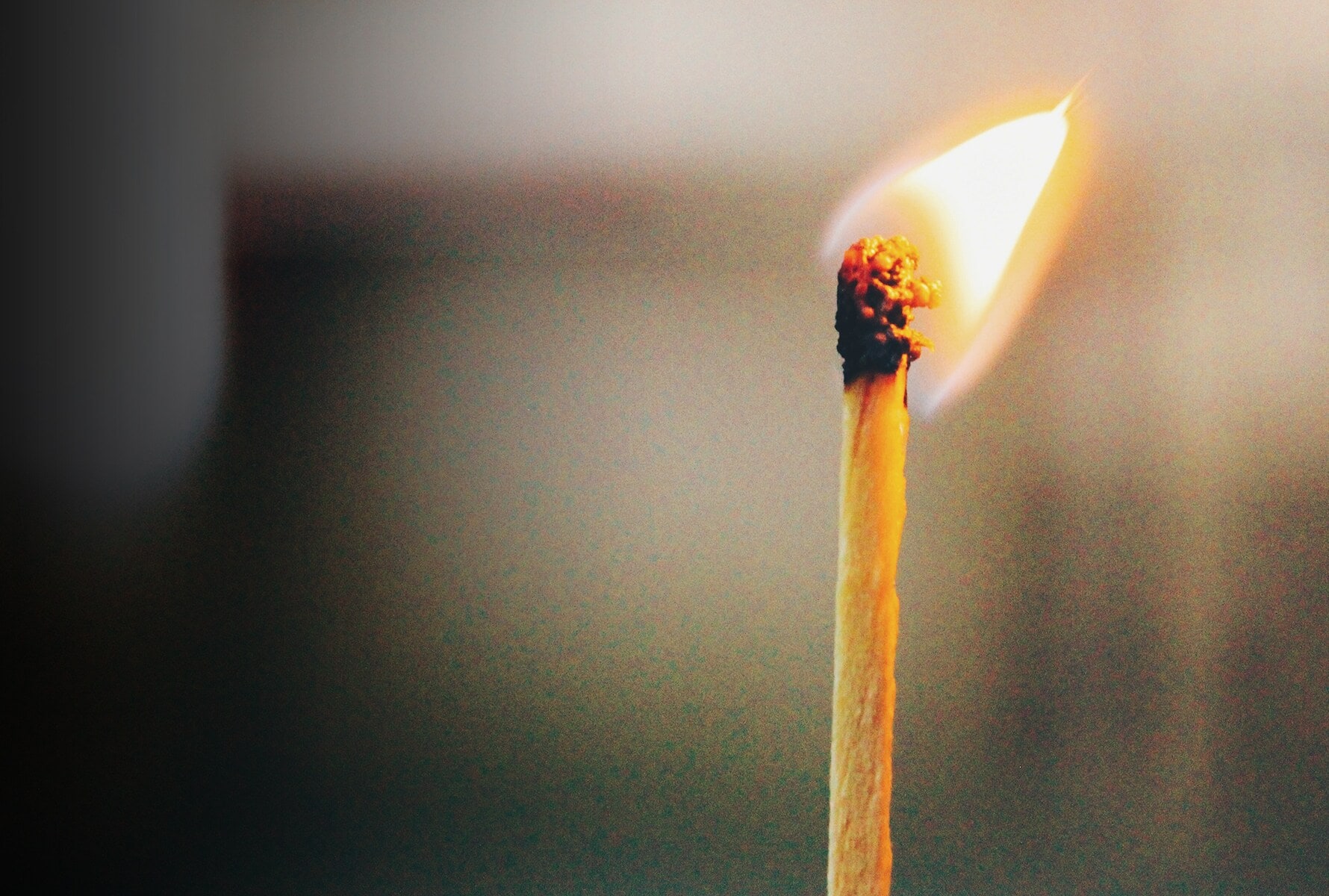The basic ritual of smoking is simple
A smoker lights a cigarette, starting a high-temperature reaction known as burning, or combustion.
The consumer draws air through the lit cigarette for a certain number of puffs, until the tobacco leaves and paper are completely burned away, leaving only the ash.
The burning of the tobacco produces a complex mixture we call smoke.
What’s in cigarette smoke?
Cigarette smoke contains flavors from the tobacco blend, as well as nicotine that exists naturally in tobacco leaves. It’s these elements in the smoke that consumers enjoy while smoking.
However, the very same burning process that releases the tobacco flavors and nicotine also produces over 6,000 chemicals, of which about 100 have been identified as causes or potential causes of smoking-related diseases, such as lung cancer, cardiovascular disease, and emphysema.
For those adults who don't quit, there are better alternatives to continued smoking that don't burn tobacco
Quitting tobacco and nicotine altogether is the best decision any smoker can make. However, despite tobacco control measures and prevention and anti-smoking campaigns, there are more than one billion smokers in the world today (and around nine million in Spain). For the large percentage of these who will otherwise continue to smoke, we have developed a range of better smoke-free alternatives to cigarettes.
Because no one product can address every adult smoker’s individual preference, we’ve developed a diverse range of smoke-free products, which our findings indicate are a much better choice for adults than continued smoking.
These smoke-free products deliver nicotine that—along with taste and ritual—adults who would otherwise continue to smoke look for in better alternatives to smoking. They are not risk-free—and nicotine is addictive—but all of them emit significantly lower levels of harmful chemicals compared to the smoke of a burning cigarette.
